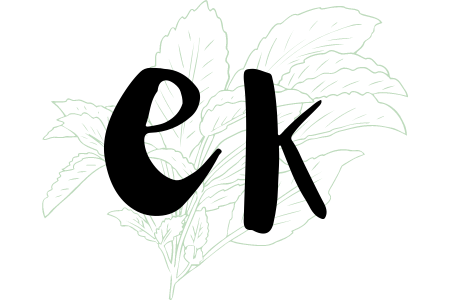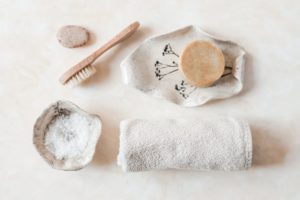In Part One of the Buzz on Fair Trade Chocolate, we highlighted some of the best chocolate bars worldwide. You read about sourcing and production standards to highlight how ethical companies think and what drives their standards.
But what’s the real Buzz?
Conversations about Fair Trade Chocolate and Fair Trade Certification have been buzzing because consumers are increasingly aware of their spending matters. People don’t just want to know how the making of their products and who’s making them. They understand that a sustainable environment is only achievable through healthy, sustainable communities.
When consumer spending becomes a vehicle for allyship, the whole world changes for cocoa farmers and their communities.
Contents
What’s the Nature of the Fair Trade Chocolate Debate?
“The Fairtrade Standards establish the criteria for farmers, workers, traders and other stakeholders to participate in this unique approach to trade.”
—Fairtrade International
Primarily grown in Asia, South America, and Western Africa, the cocoa bean has come to signify childhood labor, slavery, poverty, the killing and kidnapping of journalists, environmental degradation through clearcutting and species loss, worker poisoning, other health and safety concerns, plus a lot of other terrible things.
Exposed to dangerous pesticides, young children also use machetes or chainsaws and carry 100lb + bags of beans through forest terrain. If they move too slowly, terrible things happen.
Like the Food Empowerment Project, nonprofit organizations are trying to reach out and educate people about these terrible conditions through product labeling and certifications. They aim to help consumers advocate for the end to these egregious practices and make change happen with their dollar.
What are the Potential Benefits in Certifying Fair Trade Chocolate?
Every idea or institution has room for improvement, even if it’s progressively making positive changes for people. And while some of these ideas may sound positive, there’s always another perspective.
So, what are the benefits of Fair Trade certification?

- Fair Trade provides for basic livelihoods with a guaranteed minimum, also known as a price floor. Buyers agree to pay the value that covers production and a wage that meets or exceeds the farmer’s basic economic needs. Their household produces a living income to create savings accounts, make investments, and obtain health and life insurance.
Research shows that farmers who earn better incomes have increased nutrition and production.
- Farm and Coop Investment Program supports Fair Trade buyer financing to improve farming education and productivity, community support and infrastructure such as schools, health clinics, and water treatment systems, including land resiliency efforts surrounding organic farming conversion or crop storage, and more.
Fund stability improves women’s access to savings accounts and other loan groups.
- Fair Trade improves working conditions by excluding certain chemicals, promoting environmentally healthy standards. Through training and education, farmers learn how to secure crop health through organic methods that aren’t life-threatening.
Consumer perceptions value products with better working conditions no matter the outcome of the final product.
- Studies by Dragusanu et al. and Fair World Project (2014; 2018) found that Fair Trade certification establishes groups to work cohesively for the community’s benefit. That happens through organization and governance with non-monetary goals, such as:
- creating better working conditions
- establishing democratic and transparent cooperatives,
- advancing environmentally sustainable methods
- increasing access to credit
- developing stable long-term buyer-seller relationships
Many farmers believe that cooperatives help them achieve greater selling power and prices.
- The Fair Trade Foundation discovered that Fair Trade supports sustainability via land resiliency through reforestation efforts, emerging climate adaptation training, carbon capture projects, agroforestry to increase forest resiliency through diversification, wildlife conservation and the use of green energy fuel.
- Recognized Fair Trade third-party verification standards, like Fairtrade, are members of the World Fair Trade Organization (WFTO). Some labels will use the words Fair Trade, which is not a certification, so be on the look-out for phonies.
Consumer perception of certification drives purchases which improves community aggregate welfare.
What are the Potential Pitfalls in the Process of Fair Trade Chocolate?
Fair Trade labels can seem innocuous or hard to understand. For more detailed information on labels, download out the International Guide to Fair Trade Labels here. But what about the pitfalls?
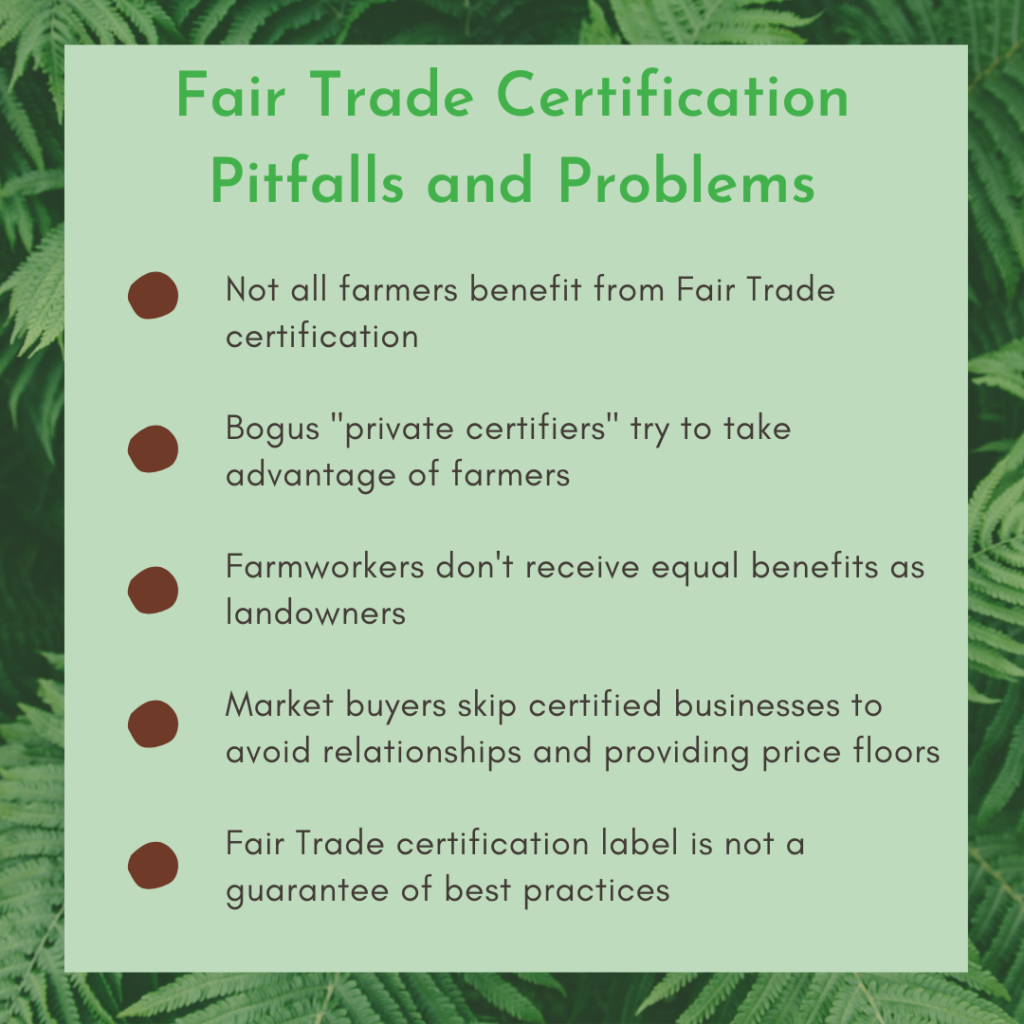
- Fair Trade certifications may create hurdles for farmers and producer organizations required to pay an application fee, initial certification, and renewal certification fees—but not all farmers benefit from accreditation.
- Farmers selected for certification are typically “small and economically disadvantaged, with limited capital, market access, and bargaining power” —suggesting negative selection. Problems arise when “private certifiers” try to take advantage of unknowing farmers.
Negative or biased farmer selection can equate to less educated people making poor certification and managerial decisions, understating the causal effects of Fair Trade.
- Fairtrade International certification seeks out small family farms—ones that can’t hire permanent labor. And unfortunately, Meemkem et al. (2019) found that even when landholders and communities organize, farmworkers don’t receive the same benefits.
- Some qualitative evidence suggests that not all farmers benefit from the cooperatives either by lack of faith, trust, or the coop’s general inability to govern. In some cases, suspicions grow when coop leaders use group funds for personal travel to meetings, leaving the cooperative angry and dysfunctional.
The hurdle is to ensure all workers benefit from Fair Trade certification.
- A study by Dragusanu et al. (2014) also found that large corporate buyers will deny work with Fair Trade coops in favor of market-driven buyers. They can avoid getting involved in credit or financing relationships with farmers, even though this supports the price floor and living wage movement.
- Fair Trade labeling is not a guarantee of slave or exploitation-free production. In some cases, organizations like Tony’s Chocolonely have had to suspend operations to mitigate the situation before continuing their business with various farmers.
Reducing Gender Gaps in Cocoa Farming Benefits Women’s Livelihoods
By reducing gender gaps in farming and cocoa farming, communities can reduce food insecurity, improve and meet education needs, create better business opportunities at home, including the removal of discriminatory markets and behaviors.
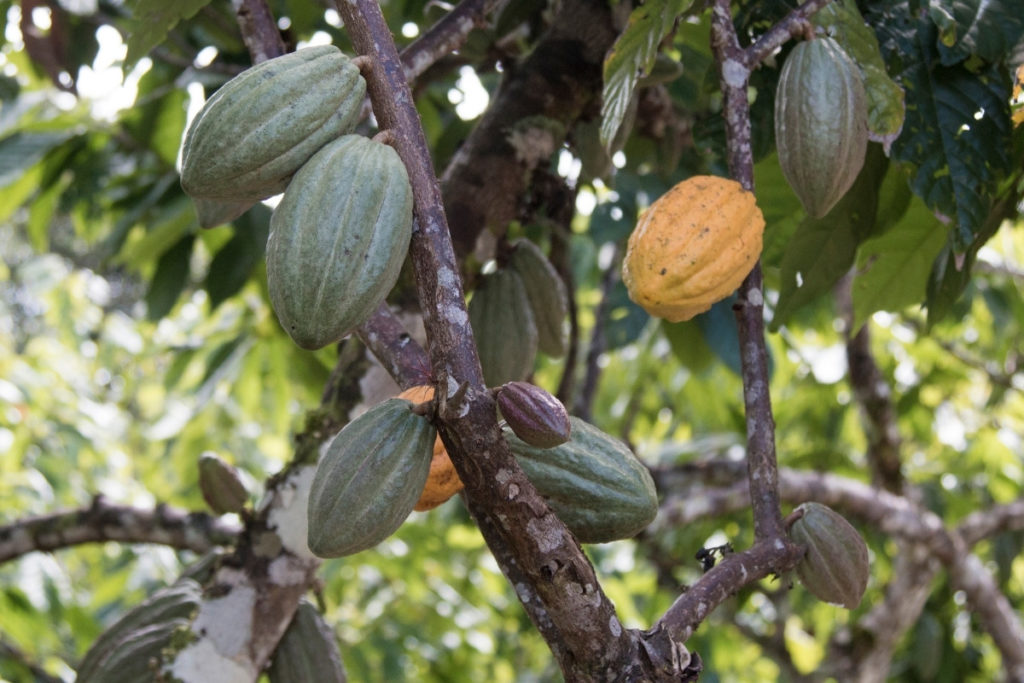
Next, you’ll meet three women in Africa who can share how certification and coop relationships act beneficially to support their homes and prospects.
- Because of the Fairtrade certification, Ivorian, Yao Amenan Yvonne, says that half of their income goes back to use on their farm. The other half pays for their home’s upkeep, husband’s medical bills, education for two children, and workers’ wages.
As of the article, Yvonne is graduating from the Women’s School of Leadership. She gained knowledge to help other women expand gender equality, adapt to climate change, improve agricultural practices and maintain sound financial management.
- Fellow Ivorian Rosine Bekoin owns and operates a cocoa farm—a farm handed down to her by her mother, which is unusual for women in the Côte D’Ivoire.
Bekoin belongs to the CAYAT cooperative, which has allowed her to boost her income and production—a move that has helped her invest in other crops to secure a better financial future.
Cooperatives are essential for women farmers because women help each other succeed where the patriarchy tries to leave them behind.
- Kouame Ehui Edith Laure is another graduate of the Women’s School of Leadership. As a member of the SCAEK coop, she and her mother (her mom is the farm owner) use education to increase their independence and support themselves in the long-run.
Cooperatives in their community facilitate other resources so that women can diversify when times require more significant resourcing efforts. Like the other women mentioned here, she is an entrepreneur with big ambitions and future goals.
The bias women face in cocoa farming is an uphill battle, not just because of hurdles involving land ownership. Many lack access to capital, which limits their potential and any buying power.
But It’s Not Just Financing.
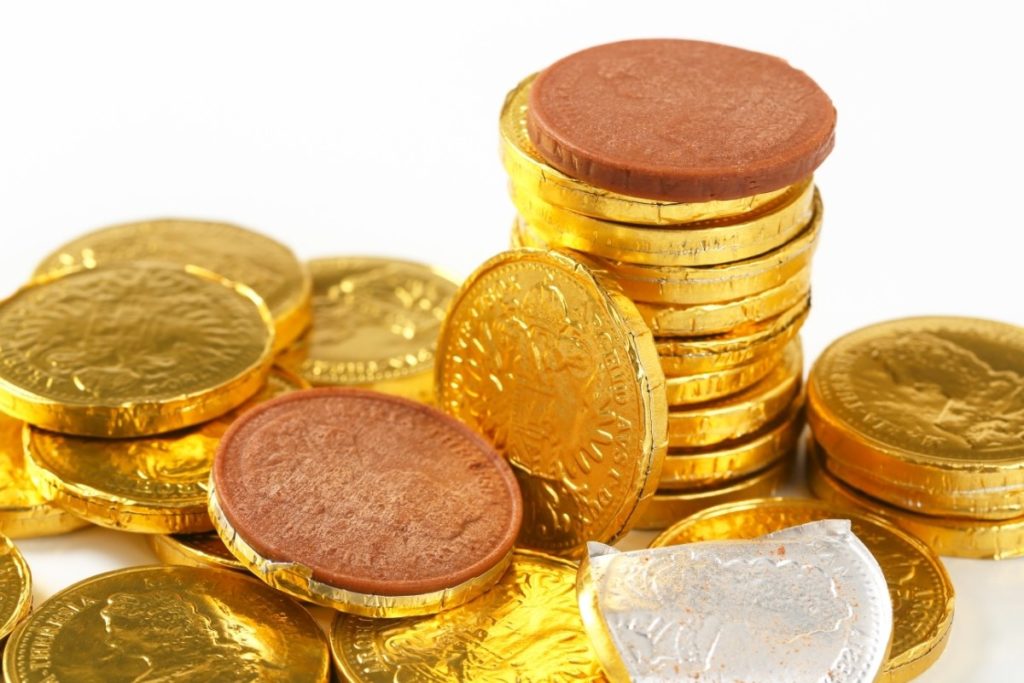
- With education opportunities, women farmers can help mitigate climate change, facing the challenges nature will have on their communities and families.
- Women can also influence supply chains and governance to break down the gender gaps, enhancing cocoa’s stability and commodities from the top down.
The Dangers of and Prevention of Childhood Labor
Childhood labor in cocoa farming is real, and it’s dangerous, but it’s not going to go away overnight. Let’s start with the why. Dario Soto Abril, changemaker and CEO of Fair Trade International, says that childhood labor is on the rise in some cases due to:
- Poverty and low wages
- Labor shortages and poor working conditions
- Weak governmental involvement and political unrest and conflict
- Lack of impactful educational opportunities and unsafe schools
- Exploitation and discrimination
- …and COVID-19
Each one of them, he says, is complex, interwoven and interdependent, which means that no one solution will solve the crisis. However, the best way to start navigating it is by way of the Fair Trade certification process, and that all actors need to be accountable.
Here’s Where My Written Voice Needs Your Allyship.
Maybe I’m wrong, but I don’t think that my particular voice needs to mention more and specific truths about the egregious journeys of innocent children when the better voice I can promote is about advocacy and about being a better human. The problem seems too big for this platform.
Many people on the front lines (i.e., Mercy Corps, Fair Trade International) have a better podium than me. This is where we, as intelligent, well-versed sustainability advocates and consumers, can grow, become intentional—and make changes to prevent this cruelty.
Instead, I offer you some ideas to help the world be a better place for these scared and scarred children, specifically in cocoa-producing areas. If nothing else, you and I can vote with our dollars. One person does not make a solution, but together, we’re unstoppable.
- Purchase certified Fair Trade cocoa products.
- Join an advocacy organization.
- Educate yourself and post online.
- Read, write and volunteer.
- Travel
The truth is too difficult to ignore.
Do Fair Trade Certifications Work?
It may seem like it’s just a chocolate bar, but $4.00 does so much in reality. That one purchase fosters allyship with farmers and their communities, promotes land resiliency, increases food security, education and overall health. Last but not least, it supports women’s empowerment and helps prevent childhood violence and labor.
While there are consequences of cocoa farming that require intervention, Fair Trade certification practices’ successes do have their benefits. And hopefully, our efforts keep us on the right track to engaging communities toward preferable, corrupt-less methods.
Sources:
Abril, D. S., & Fair Trade. (2020, October 19). Who’s going to pay to end child labour in West African cocoa? Fair Trade. Org. https://www.fairtrade.org.uk/media-centre/news/whos-going-to-pay-to-end-child-labour-in-west-african-cocoa/
Codjoe, F. N., Ocansey, C. K., Boateng, D. O., & Ofori, J. (2013). Climate Change Awareness and Coping Strategies of Cocoa Farmers in Rural Ghana. Journal of Biology, Agriculture and Healthcare, 3(11), 19-29.
Dragusanu, R., Giovannucci, D., & Nunn, N. (2014). The economics of fair trade. Journal of Economic Perspectives, 28(3), 217-236. doi:10.1257/jep.28.3.217
Fair World Project. (2018). Fair trade Certifiers & Membership Orgs. Fair World Project. https://fairworldproject.org/get-informed/movements/fair-trade/certifiers-membership-orgs/
Letheren-Smith, M. (2020). Meet Fairtrade cocoa Producer Yao Amenan Yvonne. https://www.fairtrade.org.uk/media-centre/blog/meet-fairtrade-cocoa-producer-yao-amenan-yvonne/
Maertens, M. Fairtrade does not walk the talk. Nat Sustain 2, 549–550 (2019). https://doi.org/10.1038/s41893-019-0332-0
Meemken, EM., Sellare, J., Kouame, C.N. et al. Effects of Fairtrade on the livelihoods of poor rural workers. Nat Sustain 2, 635–642 (2019). https://doi.org/10.1038/s41893-019-0311-5
Newton, P., Agrawal, A., & Wollenberg, L. (2013, September 06). Enhancing the sustainability of commodity supply chains in tropical forest and agricultural landscapes. Global Environmental Change. https://www.sciencedirect.com/science/article/abs/pii/S0959378013001398
Meet Your Author

Amy Wolkenhauer has been a full-time freelance writer since 2014. Her Bachelor of Arts degree in English and Bachelor of Science degree in Sustainability complement each other.
Combined, these degrees provide her with the communication tools necessary to create tangible links between scientists, stakeholders, marketplace & policy actors with communities everywhere.
